For the public
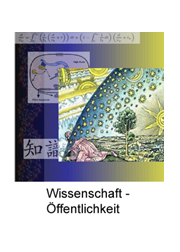
What are we doing?
Life is not always easy. There are two ways to respond to that: run away or adapt. To put it bluntly: Animals run away, plants adapt. To secure their survival, they change metabolism, development and shape. We try to understand and to valorise this ability for change. We think that only things, we have thoroughly understood, are ready for meaningful applications.
Individual plant cells can generate an entire new organism. For us, this works only with fertilised eggs. How can a single cell create an ordered whole that is able to resist an everchanging environment? How did plants evolve this huge variety of survival strategies?
This is, what we want to understand.
But, we do not only want to understand, we want also to apply that what we have understood:
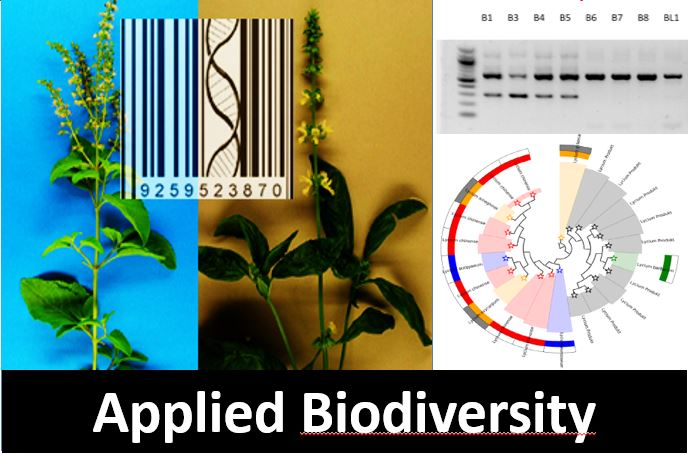 |
Our knowledge on plant biodiversity helps to valorise problem solutions of Nature for us, humans. Climate change has reached even our region and impairs viticulture. Desert plants protect their leaves by thick wax layers. Our domesticated grapevine has only a very thin wax layer, though. We discovered that the European Wild Grapevine, the ancestor of our domesticated variteies, still can form more surface wax. Can we use this for breeding? An unexpected side effect - spores of Powdery Mildew, a fungal disease that gains importance due to the warmer climate, have difficulties to attach on the wax-rich surface of the wild grapevines. more...
|
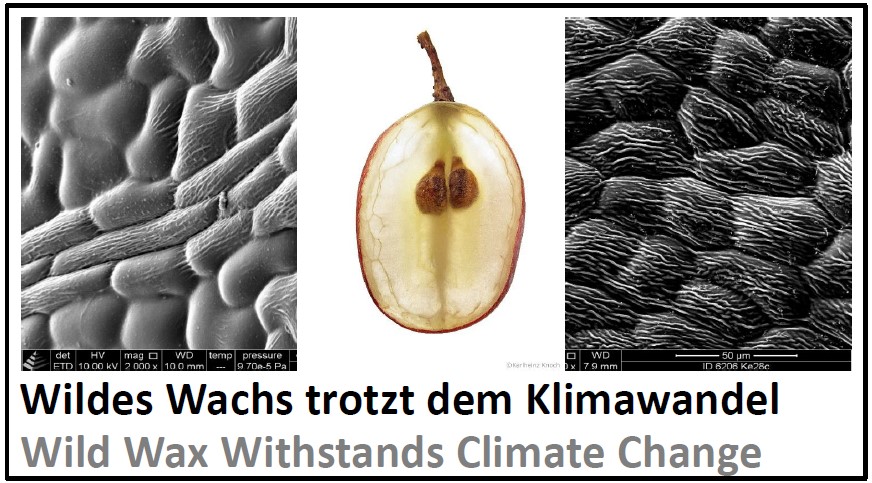 |
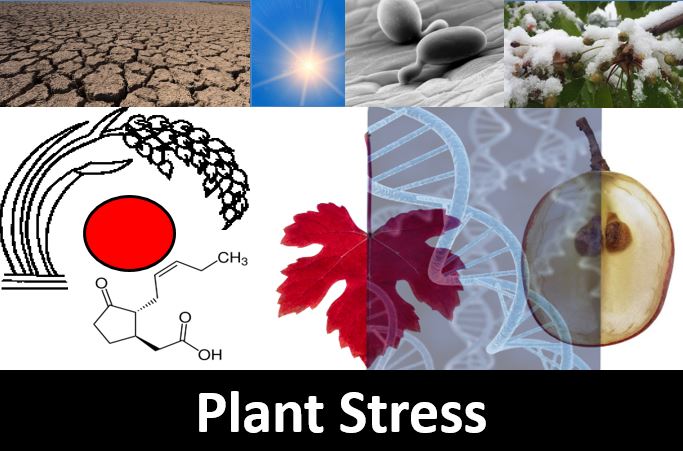 |
Our knowledge on plant adaptation to stress helps to protect crops better against climate change. Wood-colonising fungi turn under climate change from harmless commensalists into deadly killers. This can be seen not only in city trees, but also in viticulture and fruit production. The cause is a disbalanced chemical communication between fungus and plant. We could decipher some of the signals and work now on a therapy, where we try to stimulate plant immunity by microbes in the rhizosphere, such that fungus and plant, even under climate change, entertain a healthy communication. more...
|
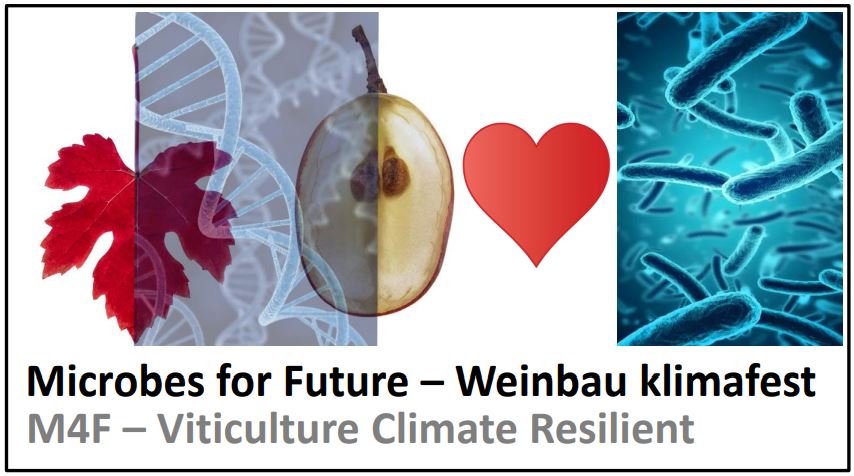 |
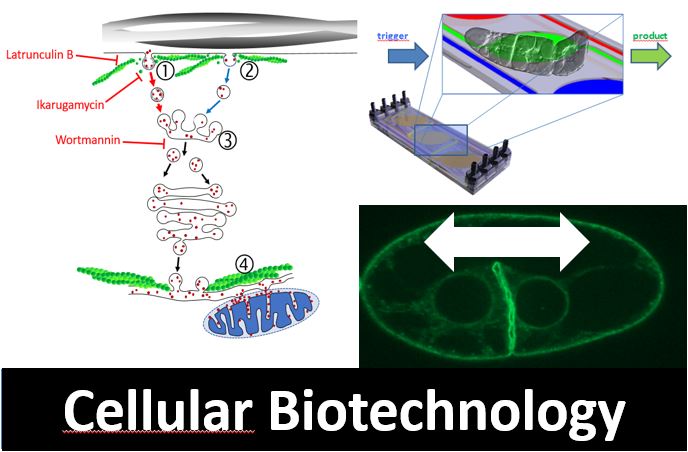 |
Our knowledge on plant cells helps to make them produce valuable medical compounds. The Yew tree Cephalotaxus hainanensis is almost extinct and forms the precious harringtonin, so far the most potent ailment against leucemia. Togethe with the team of our former PhD student Fei Qiao in Hainan we could now decipher the first part of harringtonin biosynthesis. This was published in the esteemed Proceedings of the National Academy of the USA (PNAS). This allows to rebuild harringtonin synthesis in tobacco cells. Biotechnology could help to rescue this endangered tree from extinction. Broadcast in the Campus Radio.
|
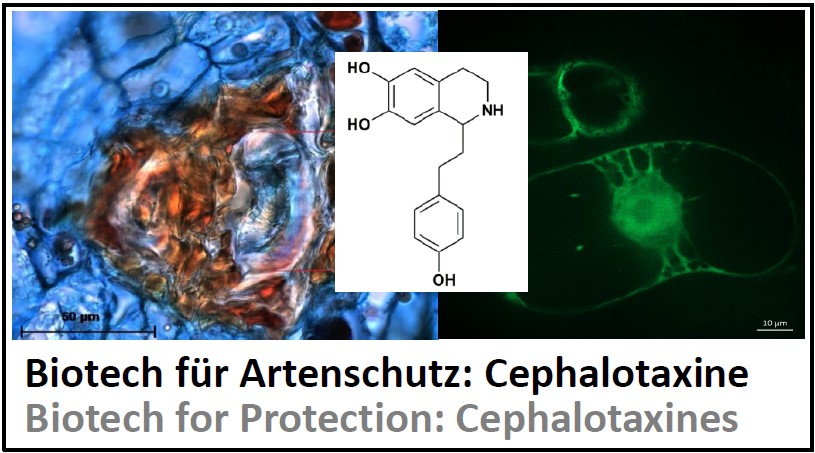 |
